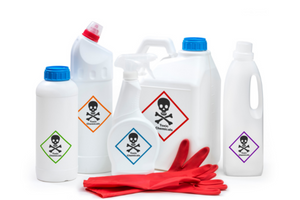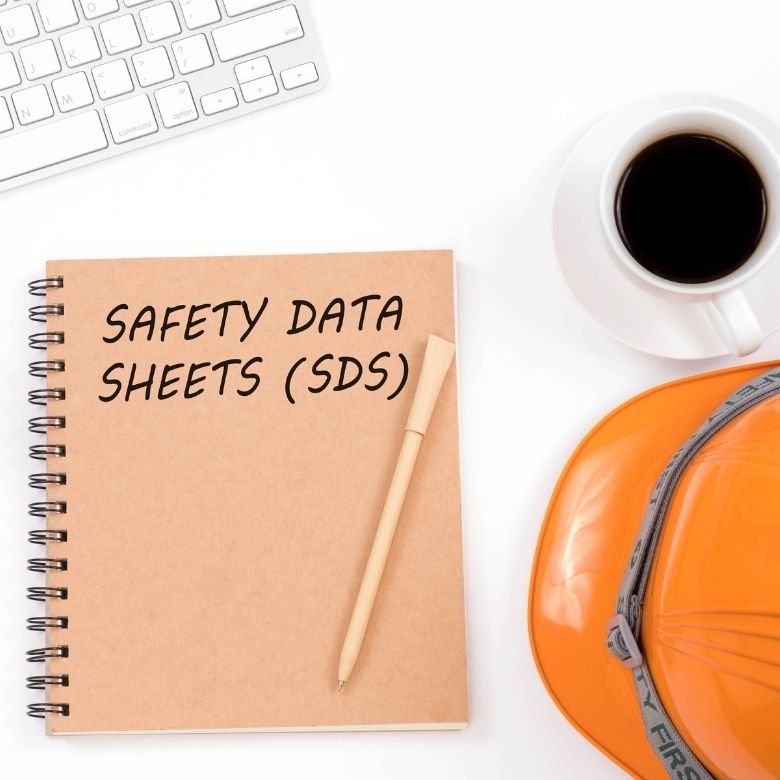The use of chemicals on an industrial scale, as well as in laboratories, in schools, and even homes, can be associated with a high risk in many cases. Therefore, it is crucial to properly classify chemicals and annotate them with information that may be important for the safety of users. For this purpose, the Globally Harmonized System of Classification and Labelling of Chemicals was created. What does the system include? What does it oblige chemical producers to do? You will find out in this article.

What is GHS?
In 2002 in Johannesburg, at the United Nations Summit on Sustainable Development, the GHS System was adopted. The Global Harmonised System (GHS), introduced by the CLP Regulation, includes harmonised criteria that classify substances and mixtures appropriately, according to the threats which they pose to human health and to the environment. The system also sets out requirements concerning the hazard through properly prepared warning labels as well as safety data sheets. A set of all criteria for the classification of mixtures and chemicals, as well as the labelling rules in accordance with the GHS system, were first published in the so-called “Purple Book” in 2003. It is a document which is updated every two years, in relation to the work of the subcommittee on Globally Harmonized System of Classification and Labelling of Chemicals affiliated with the UN.
How does the GHS System work?
Globally Harmonized System of Classification and Labelling of Chemicals is one of so-called building blocks (building block approach). According to the principles that characterise the GHS, countries implementing it are allowed to decide to accept all hazard classes or categories or to exclude some of them. However, that is under the condition that when they decide to adopt a certain category, they will then not be able to introduce changes to a certain hazard category. This means no changes in the classification criteria as well as the labelling elements that are related to the hazard category.
GHS System Classification
Within the GHS System, chemicals are classified in terms of the risks they pose to human health and the environment. Among them, we can distinguish four main groups:
- physical hazard classes – i.e. explosives, oxidising gases, flammable liquids, self-reactive substances and mixtures or substances corrosive to metals,
- health hazard classes – i.e. acute toxicity, corrosive to the skin, respiratory sensitisation, carcinogenicity or mutagenic effect on reproductive cells,
- environmental hazard classes – hazardous to the aquatic environment,
- additional EU hazard class – hazardous to the ozone layer.

Criteria for informing about threats
Globally Harmonized System of Classification and Labelling of Chemicals establishes uniform criteria for providing information on hazards. These criteria are based on:
- signal words (Uwaga [Attention] or Niebezpieczeństwo [Danger]) – these are words that quickly inform the reader about the degree of danger,
- hazard pictograms,
- phrases identifying the type of threat (H and EUH),
- phrases identifying precautions (P).
These easy to understand symbols and brief descriptions of the hazards that are placed on the labels of hazardous chemicals are an important component for people who come into contact with them throughout their life cycle. Additionally, safety data sheets are an important element where symbols such as hazard pictograms and detailed descriptive information on the given substance, solution or mixture can also be found.
According to the GHS System, these safety data sheets should contain information listed in the following points:
- Identification of the substance/mixture and company identification
- Hazard identification
- Composition/information on ingredients
- First aid measures
- Firefighting measures
- Accidental release measures
- Handling and storage
- Exposure control/personal protection
- Physical and chemical properties
- Stability and reactivity
- Toxicological information
- Ecological information
- Disposal considerations
- Transport information
- Regulatory information
- Other information
What does the GHS System give us?
The implementation of Globally Harmonized System of Classification and Labelling of Chemicals is primarily aimed at supporting the protection of human health as well as the environment. This ensures a uniform and globally understandable system that informs about hazards. This is primarily to facilitate the exchange of information and international trade in chemicals whose properties have been verified and assessed as hazardous in accordance with international standards. The GHS System is also integrated with other laws and regulations, i.e. REACH, which are jointly responsible for the safety related to chemical substances.
